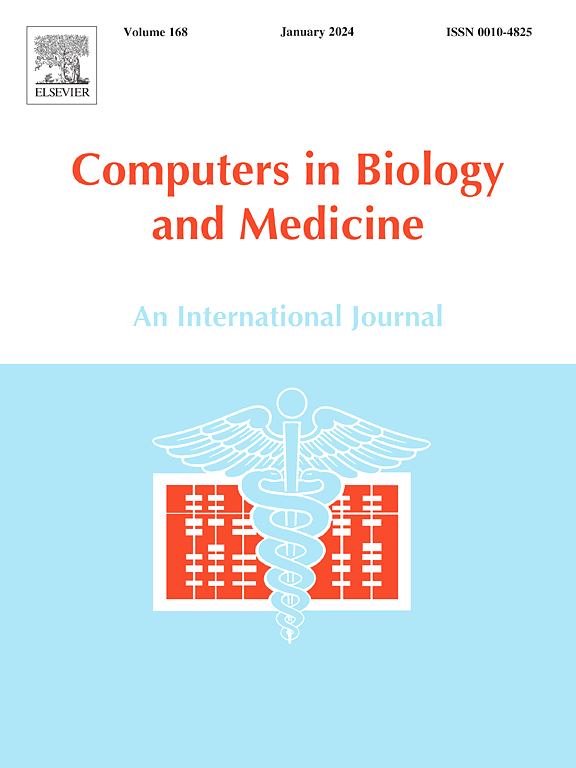Investigating the relationship between geometry and hemodynamics in an experimentally derived murine coronary computational model
IF 7
2区 医学
Q1 BIOLOGY
引用次数: 0
Abstract
Despite the critical role of coronary morphology and hemodynamics in the development of coronary artery disease (CAD), comprehensive analyses of these factors in murine models are limited. Our study integrates in vivo approaches with computational methods to yield a complete set of precise and reliable morphologic and hemodynamic measurements and to investigate their interrelationship in the left coronary artery of healthy C57BL/6 mice. The work utilizes advanced micro-computed tomography imaging, enhanced with Microfil® coronary perfusion, complemented by morphometric analysis and computational fluid dynamic simulation. Our results in murine coronary arteries show: i) bifurcations are the most geometrically complex regions, susceptible to disturbed hemodynamics and, consequently, endothelial dysfunction; ii) vascular endothelial cells experience wall shear stress (WSS) an order of magnitude greater than in humans, primarily due to their smaller size, although minimal WSS multi-directionality is noted in both species; iii) intravascular flow exhibits reduced helical patterns compared to human coronaries, indicating a need for further investigation into their potential protective role against disease onset; and iv) strong correlations between geometric and hemodynamic indices highlight the need to integrate these factors for a comprehensive understanding of CAD initiation and progression in preclinical models. Thus, to optimize research based on murine models, it is essential not only to move beyond idealized geometries, but also to avoid uncritically relying on hemodynamic measurements from different species. This study grounds future development of mouse-specific predictive models of CAD, a critical step toward advancing translational research to understand and prevent CAD in humans.

求助全文
约1分钟内获得全文
求助全文
来源期刊

Computers in biology and medicine
工程技术-工程:生物医学
CiteScore
11.70
自引率
10.40%
发文量
1086
审稿时长
74 days
期刊介绍:
Computers in Biology and Medicine is an international forum for sharing groundbreaking advancements in the use of computers in bioscience and medicine. This journal serves as a medium for communicating essential research, instruction, ideas, and information regarding the rapidly evolving field of computer applications in these domains. By encouraging the exchange of knowledge, we aim to facilitate progress and innovation in the utilization of computers in biology and medicine.
 求助内容:
求助内容: 应助结果提醒方式:
应助结果提醒方式:


